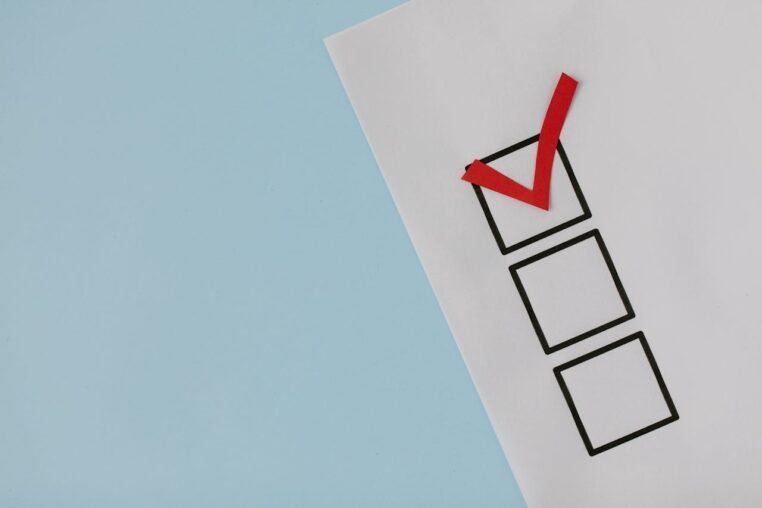When it comes to protecting your belongings as a renter, having the right insurance is essential. Renters insurance is designed to cover personal property in the event of theft, fire, vandalism, or other unforeseen disasters. One of the most crucial components of ensuring you have adequate coverage is creating a detailed home inventory list. But what exactly is a home inventory list, and what should it include? Let’s break it down.
What is a Home Inventory List?
A home inventory list is a comprehensive record of all personal belongings in your home. It serves as a crucial tool for both assessing the value of your belongings and facilitating the claims process if you ever need to file a renters insurance claim. By maintaining an accurate inventory, you can ensure that you have enough coverage for your possessions, minimize disputes with your insurance provider, and streamline the claims process.
Why is It Important?
- Accurate Coverage: Knowing the value of your belongings helps you choose the appropriate amount of coverage for your renters insurance. Without an inventory, it’s easy to underestimate the total worth of your possessions.
- Claims Process: In the event of a loss, an inventory list provides clear evidence of what was lost, aiding in a quicker and smoother claims process.
- Loss Prevention: Creating a home inventory list encourages you to evaluate and organize your belongings, which can lead to better maintenance and care.
What Should Be Included in Your Home Inventory List?
- Category Listings:
- Start by organizing items into categories, such as furniture, electronics, clothing, appliances, jewelry, sports equipment, and miscellaneous items. This will make the list easier to navigate.
- Item Description:
- For each item, provide a detailed description. Include brand names, models, and any identifiable features. For example, instead of just listing “sofa,” specify “Brown leather sectional sofa from XYZ Furniture.”
- Purchase Date:
- Record when each item was purchased. This information can help establish the approximate value of the item and assist in determining reimbursement amounts.
- Original Value:
- Note the original purchase price of each item. This provides a baseline for how much it’s worth, which may be necessary for making an insurance claim.
- Estimated Value:
- Provide an estimated current market value for each item, considering depreciation. This will fluctuate based on the condition and age of the item.
- Condition:
- Assess and note the condition of each item (e.g., new, good, fair, poor). This helps in understanding the likelihood of successful claims for items that are damaged or lost.
- Documentation:
- Include any supporting documents that prove ownership or value, such as receipts, warranties, appraisals, and photographs. Taking photos or videos can provide additional evidence in case of a loss.
- Special Items:
- For items of high value, like electronics, antiques, or collectibles, consider listing them separately to ensure they are adequately covered. Some insurers have specific limits on these items unless they are documented as part of a policy.
Tips for Creating Your Home Inventory List
- Digital Tools: Use apps or digital spreadsheets to create and maintain your inventory. There are various home inventory apps available that can simplify the process.
- Regular Updates: Make it a habit to update your inventory regularly, especially after significant purchases or changes. This will ensure that your list remains accurate and reflective of your current belongings.
- Secure Storage: Store your inventory list in a safe place, separate from your home, such as in a cloud storage system, email it to yourself, or keep a physical copy in a safe deposit box. This ensures you have access to it even in emergencies.
A comprehensive home inventory list is an essential part of managing your renters insurance effectively. By keeping an accurate and detailed account of your personal belongings, you can safeguard your valuables and make the claims process smoother if the need arises. Taking the time to create and maintain this list is a proactive step in protecting yourself and ensuring peace of mind in your rental situation.
